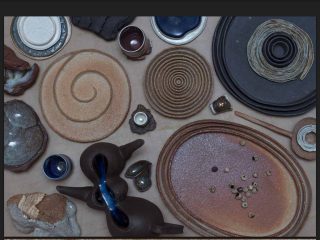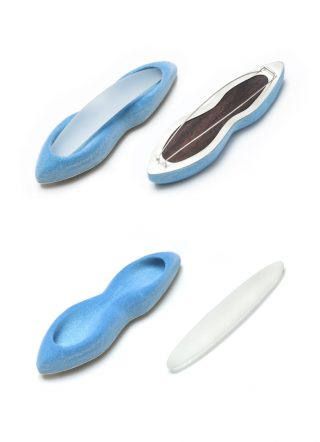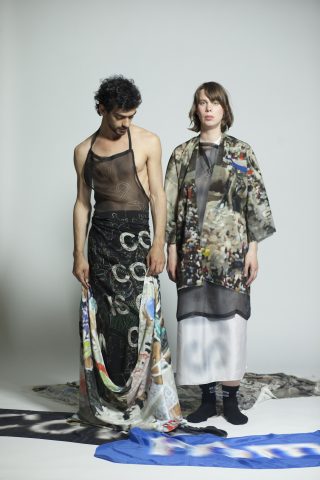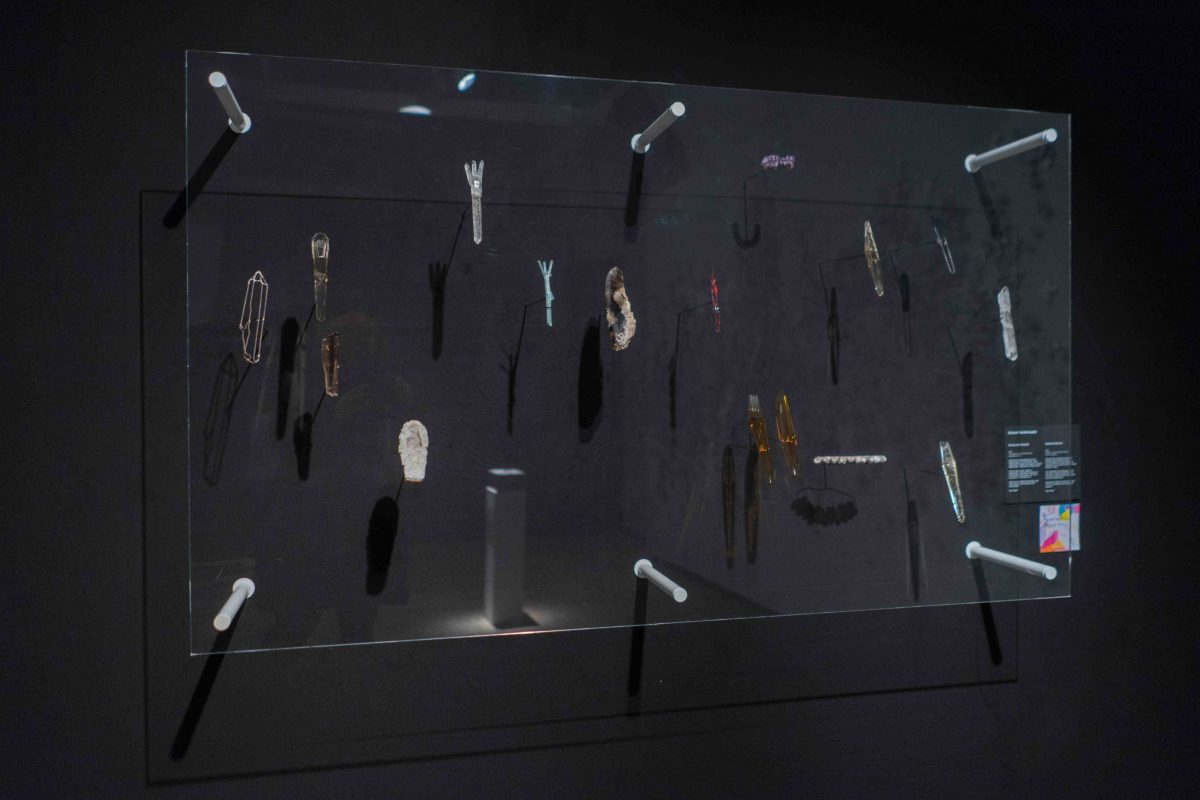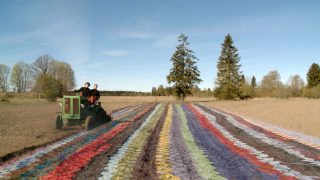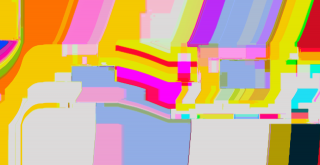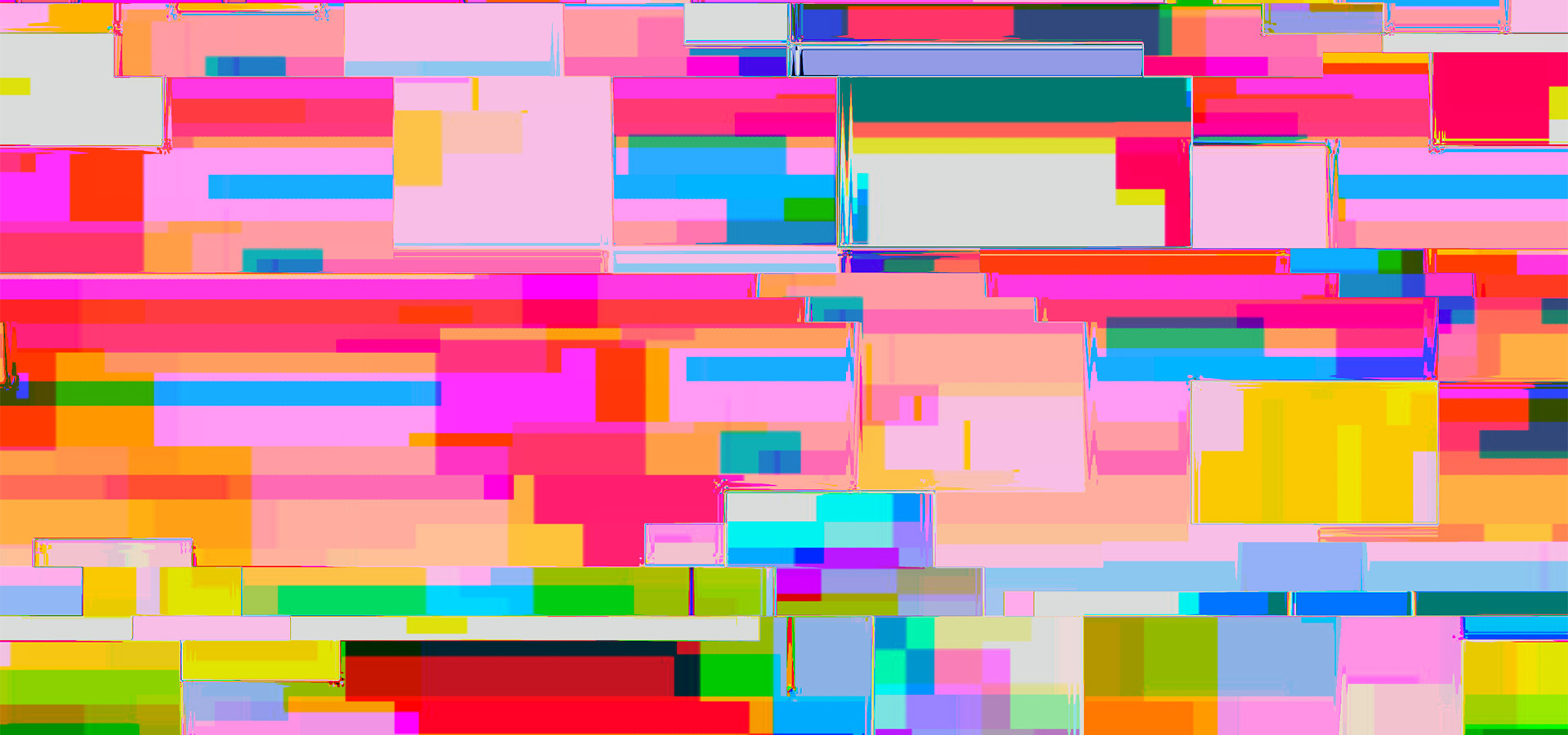20/09/2024
The graphic design for the 2024 Tallinn Applied Art Triennial titled The Fine Lines of Constructiveness was created by Laura Pappa and highlights the courage and joy of experimentation.
“For me, the theme of the Triennial evoked the beginning stages of any creative process, which from a designer’s point of view is often the most exciting stage,” said Laura Pappa about her inspirations. “I associate the title of the exhibition – the fine lines of constructiveness – with keywords like experimentation, temporal, volatile, seeking, experimentation. Above all, I wanted the design to have an experimental and dynamic character.”
The design elements feature collages of the artworks displayed at the exhibition, foregrounding the diversity of materials, techniques and approaches in contemporary craft.
“The selection of artworks is exciting and eclectic, which is why I was curious to create a symbiosis of different works and shapes,” added Pappa.
Laura Pappa is a graphic designer based in Amsterdam. She has studied at the Estonian Academy of Arts, the Gerrit Rietveld Academy in Amsterdam and Werkplaats Typografie in Arnhem.

